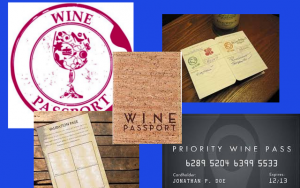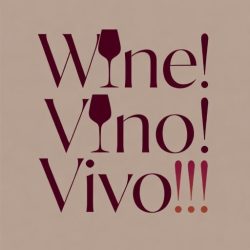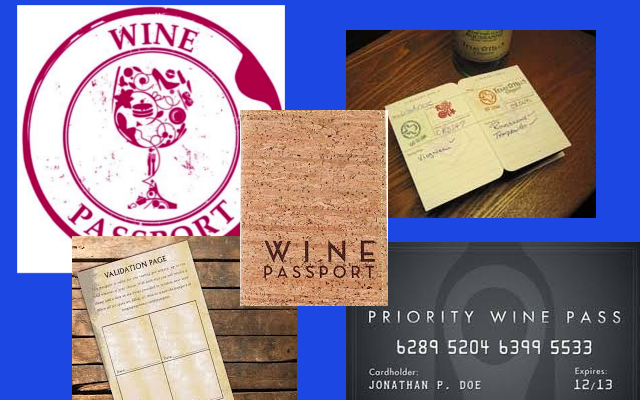Wine passports are a great way to explore a wine region, and have more money to purchase your new fav wines. Learn more about what to look for, to make an educated purchase! There are quite a number of wine passports on the market. As I mentioned in the post, What’s A Wine Passport?, some are specific to a region, some cover multiple regions or states, some are for limited time frames (even as short as a weekend), some limit the number of uses. You’ll want to be familiar with the differences in programs, which I’m breaking out here! First,
There are quite a number of wine passports on the market. As I mentioned in the post, What’s A Wine Passport?, some are specific to a region, some cover multiple regions or states, some are for limited time frames (even as short as a weekend), some limit the number of uses. You’ll want to be familiar with the differences in programs, which I’m breaking out here! First,
How do they work?
When you show up at a winery, they’re going to want evidence that you in fact have purchased a wine passport in which they participate. What’s your “proof of purchase?” That depends on the pass sponsor (the company which has aggregated the offers and is marketing the pass). There are two general types of passports – physical and electronic.
Physical vs Digital Wine Passports – pros and cons
Physical Passports
A physical passport is either picked up at or after purchase at a designated place, or mailed to you. These passports vary based on the program. There’s no formal designation for the the many types of passes available, so I’ve arbitrarily separated them into two category types: limited use or open-ended.
Limited Use
In my definition, limited use passports usually specify how many times the purchaser can use the pass — for instance, there might be 20 wineries participating, but the pass is only good for 5 uses. These passes generally use some type of token, ticket or stamp. (In some programs, the wineries receive partial reimbursement from the pass sponsor based on the tokens or tickets they turn in.)
Open-ended
Again, this is my definition – there are passports that don’t limit the number of participating wineries you can visit, and these I refer to as “open-ended.” They are typically identification cards or booklets. (Some passes, however, will limit the number of times you can use the pass at a participating winery – these passports will typically have a place for the wine host to mark, to indicate the winery’s offer has been redeemed).
Physical passports – pro’s and con’s
- Pro’s – There are those that feel more comfortable having in hand an official-looking passport, and, they can make nice souvenir, if that’s your thing.
- Con’s – It can take some pre-planning to make sure you have the physical pass in hand when you start your wine tasting adventure (and, you’ll need to make sure to keep it with you if you do any spontaneous exploration!)
Digital passports
We’ve never run across any limited use digital passports, so we’ll just briefly here touch upon digital passports. These programs generally use a digital image of a personalized card (which is your “proof of purchase”), or, are a smartphone app which lists the participating wineries and offers.
- Pro’s – Instant gratification! You don’t have to worry about the logistics of making sure you receive your pass before you venture out, and, less of a chance you won’t have it with you on those spur of the moment, ‘here’s a winery on our pass’ let’s try it!‘ moments.
- Con’s – wineries can be in remote areas without cell service. Tip: take a screenshot of your identification card AND the wineries’ offers on your smartphone before you amble off the main road!
Whew! A lot of detail, but that’s the devilish part, right? I hope after reading this you’ll have more confidence in choosing your first (or next!) wine passport. (Tip: if you read the “What’s a Wine Passport?” post and do the math, you may find owning multiple passes works for you!) We always travel with Priority Wine Pass (and are an affiliate with them) because:
- Priority Wine Pass covers over 300 wineries in California, Washington and Oregon
- The pass is “open-ended,” you can visit as many wineries as you choose for a full year from your date of purchase,
- It’s a digital passport, which means it’s always with us and we can always be up to date on new wineries being added, and
- At $49, (ONLY when you use coupon code WINERY at checkout!), it’s a no brainer! We can save that much (and have that much more for purchasing our favorite wines!) in a couple of visits (or even a single visit to Napa!)
Now that you’re becoming smart about wine tasting and are familiar with the wine passports available, what are you waiting for? Buy a pass and go look for your new favorite wine!

